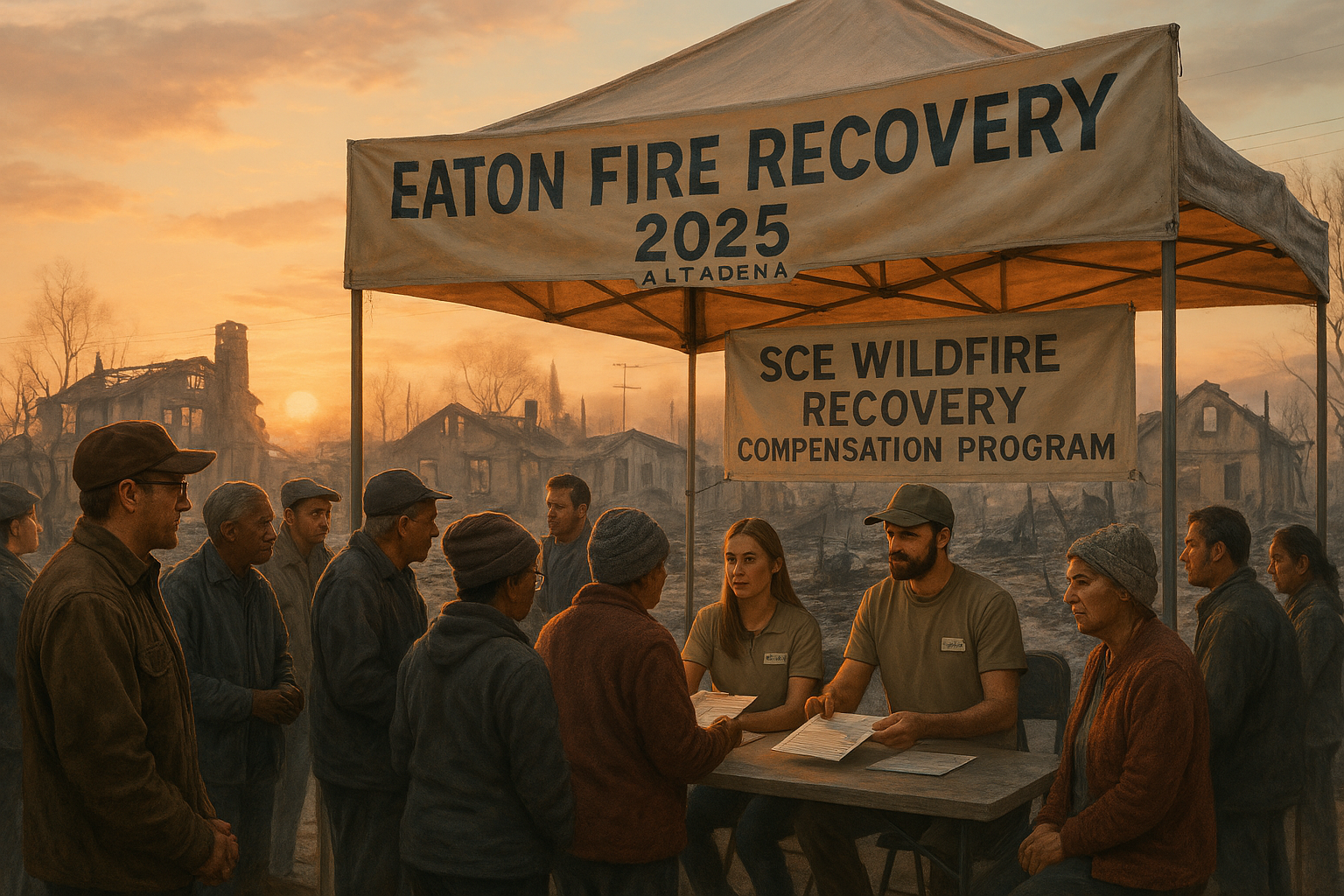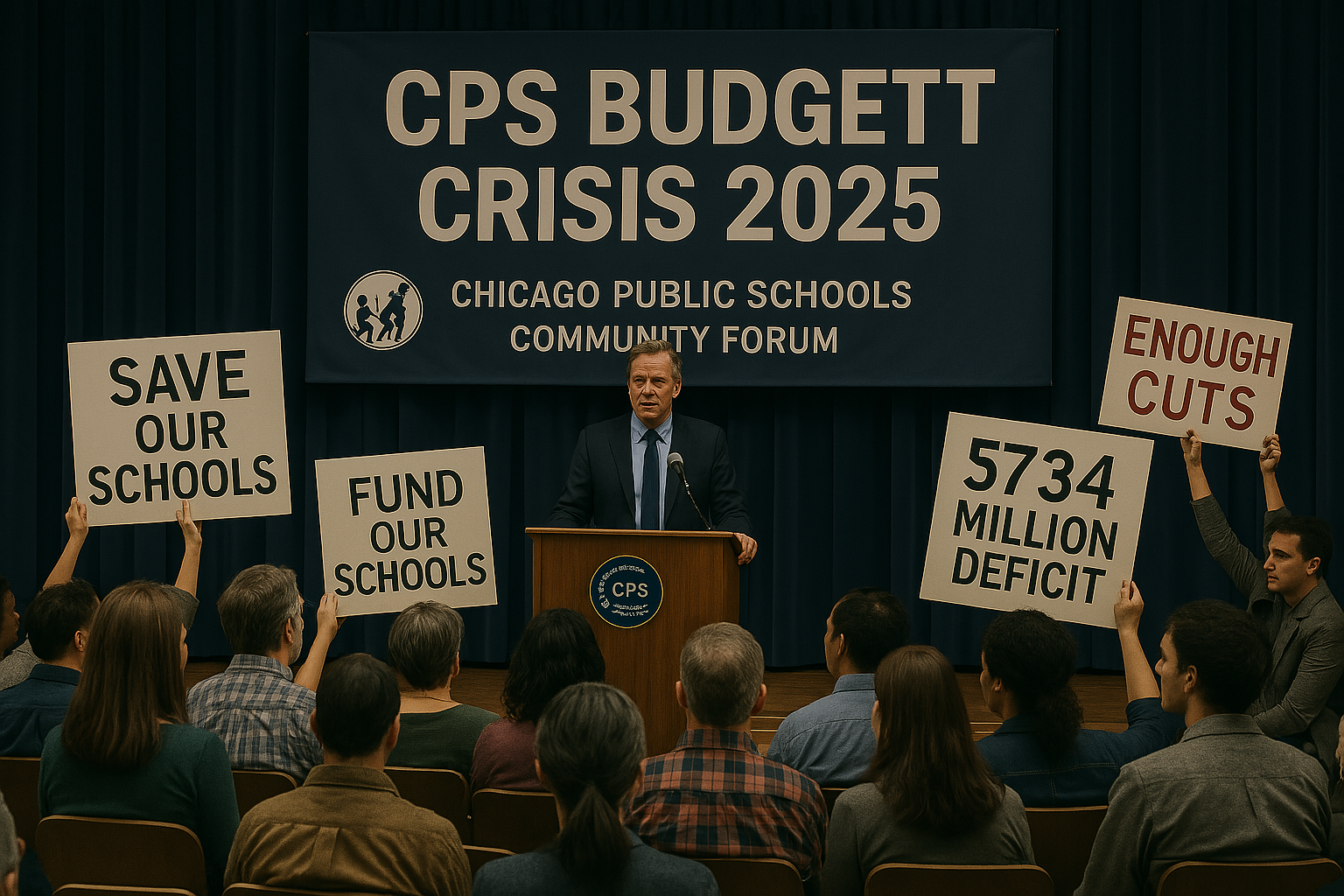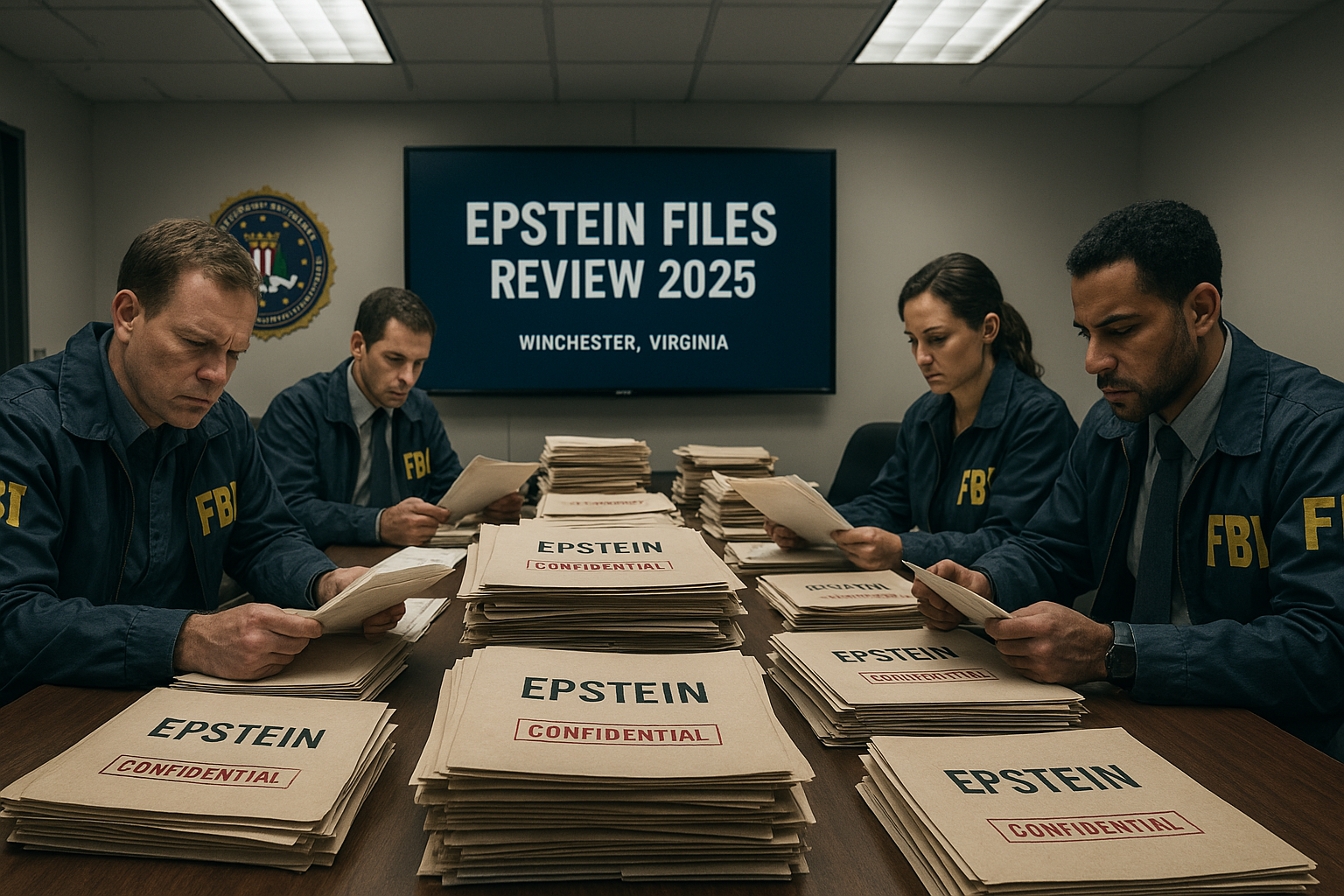Edison’s Wildfire Recovery Program: A Response to the Devastating Eaton Fire

On July 23, 2025, Southern California Edison (SCE) announced the launch of a Wildfire Recovery Compensation Program to directly compensate victims of the Eaton Fire, which ravaged Altadena on January 7, 2025, killing 19 people and destroying over 9,400 homes and structures. As reported by the Los Angeles Times, this initiative aims to expedite financial relief for affected residents and businesses, bypassing protracted litigation. However, the program has sparked scepticism among legal representatives who fear it may undervalue claims. This article explores the details of SCE’s compensation plan, the context of the Eaton Fire, stakeholder reactions, and the broader societal implications for wildfire management and utility accountability in California.
Details of the Wildfire Recovery Compensation Program
SCE’s Wildfire Recovery Compensation Program, set to launch in fall 2025 and run through 2026, is designed to provide swift financial relief to those impacted by the Eaton Fire. The program will cover:
- Property Losses: Compensation for individuals who lost homes, businesses, or rental properties.
- Personal Injuries: Payments for those harmed by smoke or who suffered physical injuries.
- Fatalities: Support for families of the 19 individuals who died in the fire.
The utility has engaged consultants Kenneth R. Feinberg and Camille S. Biros, known for their work on the September 11th Victim Compensation Fund, to design the program. SCE emphasized that victims can apply with or without legal representation, aiming to streamline the process and reduce the need for costly, time-consuming lawsuits. Pedro Pizarro, CEO of Edison International, SCE’s parent company, stated, “This allows the community to focus more on recovery instead of lengthy, expensive litigation.”
While SCE has not formally admitted liability, a leading theory suggests the fire was sparked by a reenergized idle transmission line, last used in 1971, located in Eaton Canyon. Videos captured the blaze igniting under this line, though the official cause remains under investigation by the California Department of Forestry and Fire Protection (Cal Fire). If SCE is found responsible, the state’s $21-billion wildfire fund is expected to reimburse the utility for most or all payments made to victims.
Context of the Eaton Fire
The Eaton Fire, which began on January 7, 2025, in Eaton Canyon, Altadena, was one of the most destructive wildfires in recent California history. It claimed 19 lives, destroyed over 9,400 structures, and displaced thousands of residents. The fire spread rapidly due to dry conditions and strong winds, overwhelming firefighting efforts, as captured in dramatic images of firefighters attempting to protect homes on Glenrose Avenue. The scale of the disaster has placed significant pressure on local and state resources, with recovery costs expected to be substantial.
California’s wildfire crisis has intensified in recent years, driven by climate change, prolonged droughts, and ageing utility infrastructure. SCE has faced scrutiny for its role in previous wildfires, such as the 2018 Woolsey Fire, where its equipment was found liable. The Eaton Fire has reignited debates over utility accountability, particularly as SCE’s transmission line is a primary focus of the ongoing investigation. The state’s wildfire fund, established in 2019 to cover liabilities from utility-caused fires, is now at risk of depletion, with officials at the Earthquake Authority warning that the Eaton Fire’s costs could exhaust the $21-billion reserve.
Stakeholder Reactions
Supporters of the Program
SCE’s initiative has been cautiously welcomed by some community leaders and residents who prioritize rapid recovery. Altadena Town Council member Veronica Jones stated, “Anything that gets aid to families faster is a step forward, but we need transparency on how claims will be valued.” The involvement of Feinberg and Biros, with their track record of managing large-scale compensation programs, has lent credibility to SCE’s efforts. Pizarro emphasized that the program aims to “efficiently manage funding resources” and minimize inflationary pressures, ensuring fair compensation for victims.
State officials, including those overseeing the wildfire fund, have expressed relief that SCE is taking proactive steps, potentially reducing the burden on the fund. If SCE is found liable, reimbursements from the fund could stabilize the utility’s finances while supporting victims.
Critics and Concerns
Skepticism abounds, particularly from attorneys representing fire victims. Richard Bridgford, a lawyer with dozens of clients affected by the Eaton Fire, criticized the program as a potential tactic to “shortchange” victims. He argued that utilities have historically used such programs to offer lower settlements than what victims might secure through litigation. “Victims have uniformly done better when represented by counsel,” Bridgford said, citing cases where legal action resulted in higher payouts for wildfire victims.
Concerns also extend to the state wildfire fund’s sustainability. Documents released by the Earthquake Authority ahead of a July 24, 2025, meeting warned that the Eaton Fire’s costs could deplete the fund, leaving future wildfire victims without recourse. Critics argue that SCE’s program may pressure victims to settle quickly, especially those without insurance, to avoid missing out on limited funds. Bridgford accused the utility of “trying to make people panic” to discourage legal representation.
Community members in Altadena, already reeling from the fire’s devastation, expressed mixed sentiments on platforms like X. Some praised SCE’s initiative as a lifeline for uninsured residents, while others echoed Bridgford’s concerns, fearing the program might prioritize corporate interests over fair compensation.
Societal and Policy Implications
The Eaton Fire and SCE’s response highlight several critical issues in California’s ongoing battle with wildfires:
- Utility Accountability: The potential link to SCE’s transmission line underscores the need for modernizing aging utility infrastructure. A 2024 Public Utilities Commission report noted that 20% of SCE’s transmission lines are over 50 years old, increasing risks of equipment-related fires. The Eaton Fire investigation could lead to stricter regulations on utility maintenance and inspections.
- Wildfire Fund Sustainability: The $21-billion wildfire fund, created to protect utilities and victims, faces existential threats as wildfire costs escalate. The Earthquake Authority’s concerns about depletion have prompted state officials to discuss extending the fund’s life, potentially through increased utility surcharges or state contributions, though these measures face political resistance.
- Community Recovery: Altadena, a close-knit community, is grappling with the emotional and economic toll of losing 19 residents and thousands of homes. The fire has amplified calls for improved emergency preparedness, including better evacuation routes and community alert systems. A July 2025 Cal Fire report noted that Altadena’s narrow canyon roads hindered firefighting efforts, a systemic issue in wildfire-prone areas.
- Equity in Compensation: The program’s inclusivity for insured and uninsured victims is a step toward equity, but critics warn that without transparent valuation criteria, disparities could emerge. Uninsured residents, who make up an estimated 15% of Altadena’s affected households, may face pressure to accept lower settlements due to financial desperation.
Broader Context
The Eaton Fire is part of a broader pattern of catastrophic wildfires in California, with 2025 seeing heightened activity due to dry conditions and climate-driven weather extremes. The state reported 4,200 wildfires by July 2025, a 10% increase from 2024, according to Cal Fire. These events have strained public resources and intensified scrutiny of utilities like SCE, Pacific Gas & Electric (PG&E), and San Diego Gas & Electric, all of which have faced liability for past fires.
Nationally, the Trump administration’s push to reduce federal disaster funding, as seen in debates over FEMA’s role, has placed additional pressure on states like California to manage recovery independently. While the Eaton Fire is a state matter, the scale of the disaster has prompted calls for federal assistance, which could complicate SCE’s reimbursement from the wildfire fund if federal and state priorities diverge.
Conclusion
Southern California Edison’s Wildfire Recovery Compensation Program represents a proactive attempt to support Eaton Fire victims while avoiding the protracted litigation seen in past utility-caused wildfires. By offering direct payments for property losses, injuries, and fatalities, SCE aims to expedite recovery in Altadena, a community devastated by the January 7, 2025, blaze. However, skepticism from victims’ attorneys and concerns about the state wildfire fund’s sustainability highlight the challenges of balancing corporate accountability with fair compensation. As California grapples with an intensifying wildfire crisis, the Eaton Fire underscores the urgent need for systemic reforms in utility infrastructure, disaster preparedness, and equitable recovery mechanisms. SCE’s program, while a step toward resolution, will be closely scrutinized to ensure it delivers justice for the thousands affected by this tragedy.









